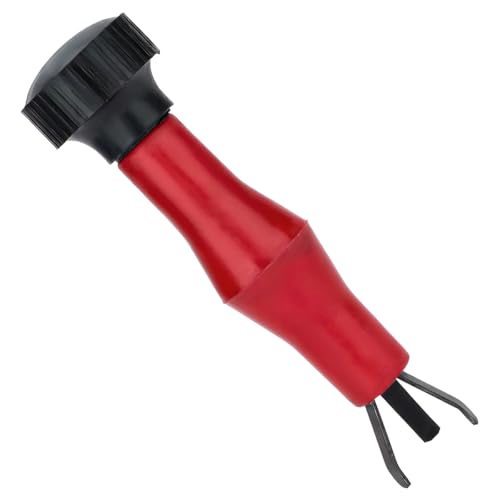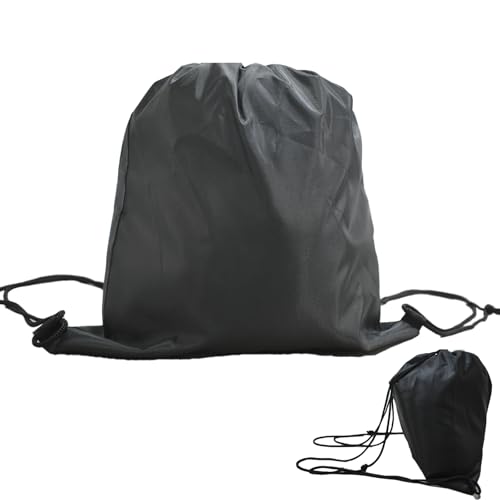The several oils extracted from the olive fruit can be classified as:
Virgin means the oil was produced by the use of physical means and no chemical treatment. The term virgin oil referring to production is different from Virgin Oil on a retail label (see next section).
Refined means that the oil has been chemically treated to neutralize strong tastes (characterized as defects) and neutralize the acid content (free fatty acids). Refined oil is commonly regarded as lower quality than virgin oil; the retail labels extra-virgin olive oil and virgin olive oil cannot contain any refined oil.
Pomace olive oil means oil extracted from the pomace using chemical solvents—mostly hexane—and by heat.
Quantitative analysis can determine the oil's acidity, defined as the percent, measured by weight, of free oleic acid in it.
This is a measure of the oil's chemical degradation; as the oil degrades, more fatty acids get free from the glycerides, increasing the level of free acidity. Another measure of the oil's chemical degradation is the peroxide level, which measures the degree to which the oil is oxidized (rancid).
In order to classify olive oil by taste, it is subjectively judged by a panel of professional tasters in a blind taste test. This is also called its organoleptic quality.
Retail grades in IOOC member nations Since IOOC standards are complex, the labels in stores (except in the U.S.) clearly show an oil's grade:
Extra-virgin olive oil comes from the first pressing of the olives, contains no more than 0.8% acidity, and is judged to have a superior taste. There can be no refined oil in extra-virgin olive oil.
Virgin olive oil has an acidity less than 2%, and judged to have a good taste. There can be no refined oil in virgin olive oil.
Olive oil is a blend of virgin oil and refined virgin oil, containing at most 1% acidity. It commonly lacks a strong flavor.
Olive-pomace oil is a blend of refined pomace olive oil and possibly some virgin oil. It is fit for consumption, but it may not be called olive oil.
Olive-pomace oil is rarely found in a grocery store; it is often used for certain kinds of cooking in restaurants.
Lampante oil is olive oil not used for consumption; lampante comes from olive oil's ancient use as fuel in oil-burning lamps. Lampante oil is mostly used in the industrial market.



Are you SURE you read my post carefully? Not ONE thing to disagree on?



































































